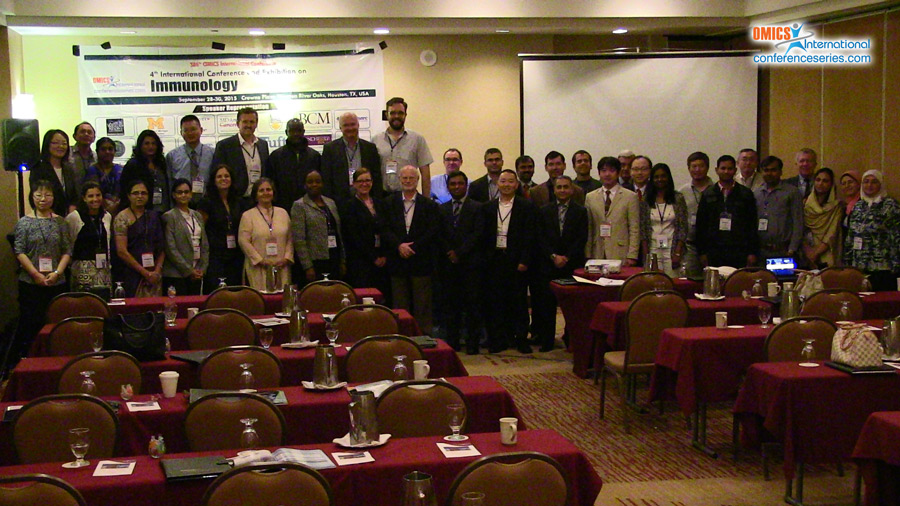
Biography
Biography: Maha M Saber
Abstract
In most ancient cultures, honey has been used for both nutritional purposes and for medicine. The belief, that honey is a nutrient, drug and an ointment has been carried into our days. For a long time in human history it was the only known sweetener, until industrial sugar production began to replace it after 1800. In the long human history, honey has been not only as a nutrient but also as a medicine. A medicine branch, called apitherapy, has developed in recent years, offering treatments for many diseases by honey and the other bee products. Main sugars are the monosaccharide, fructose and glucose. Beyond the two monosaccharides, about 25 different oligosaccharides have been detected. Honey contains about 0.5% proteins, mainly enzymes and amino acids. The amount of vitamins and minerals is small and the contribution of honey to the recommended daily intake (RDI) of the different trace substances is marginal. Honey contains a number of other trace elements. From the nutritional point of view, the minerals chrome, manganese and selenium are of nutritional importance, especially for children of the age of 1 to 15 years. The elements sulphur, boron, cobalt, fluorine, iodine, molybdenum and silicon can be important in human nutrition too, although there are no RDI values proposed for these elements. Honey contains 0.3-25 mg/kg choline and 0.06 to 5 mg/kg acetylcholine. Choline is essential for cardiovascular and brain function and for cellular membrane composition and repair, while acetylcholine acts as a neurotransmitter.
Speaker Presentations
Speaker PDFs
Speaker PPTs Click Here



